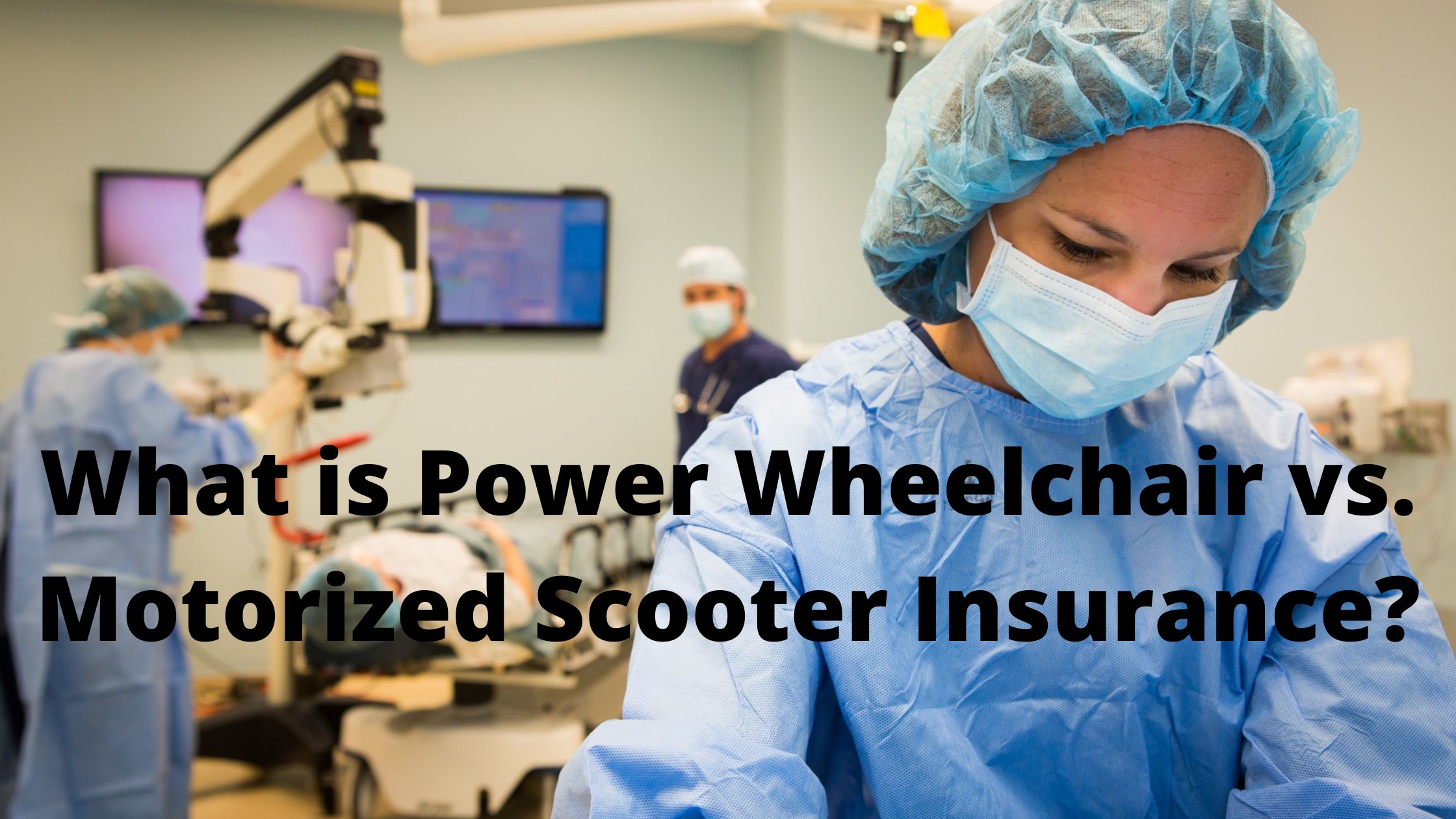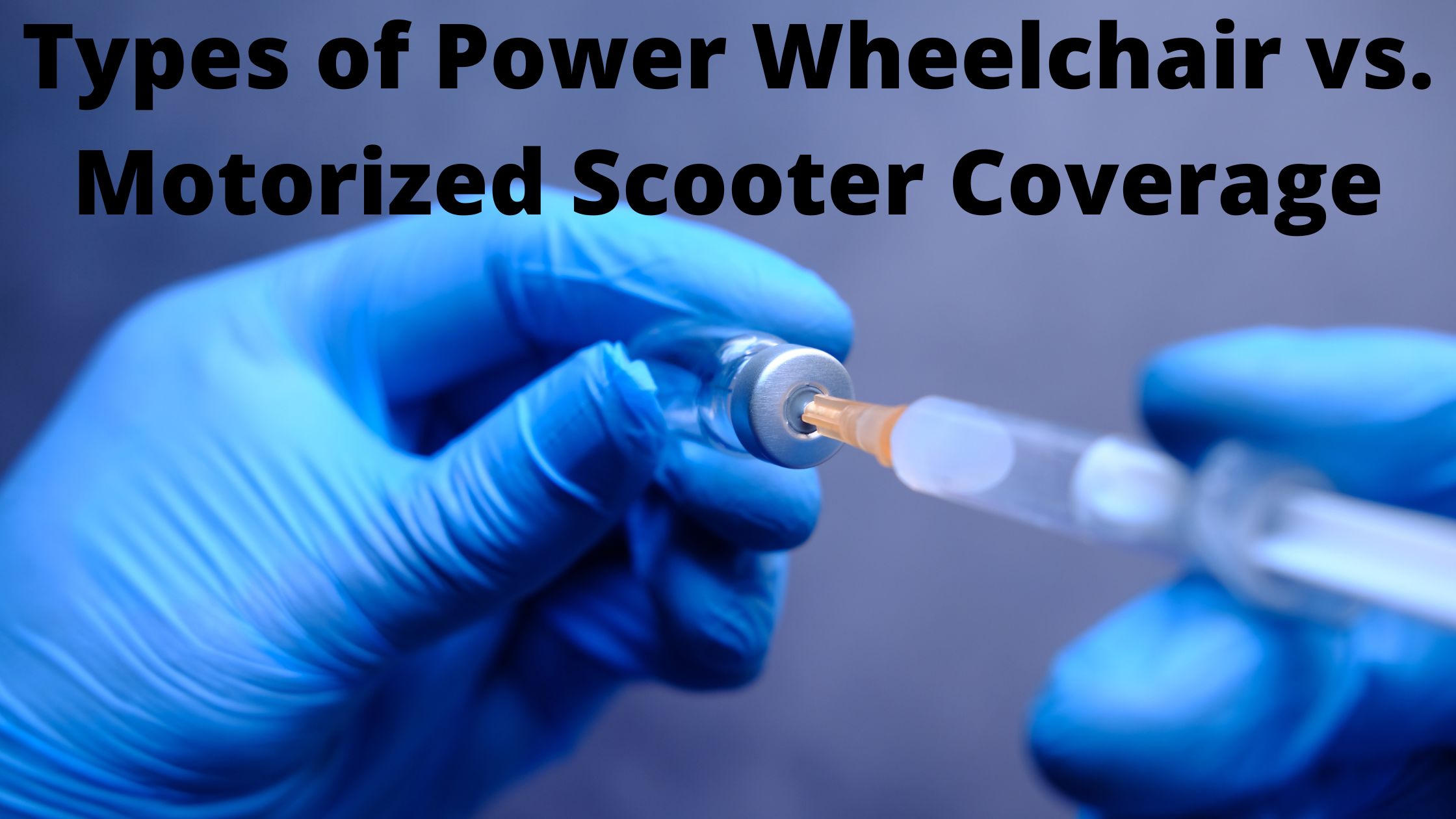When you’re considering which type of wheelchair or motorized scooter to buy, it’s important to do your research on the different types of insurance that each option comes with. In this article, we’ll outline the different types of power wheelchair and motorized scooter insurance, and explain what each covers. Armed with this information, you’ll be able to make an informed decision about which type of mobility device is right for you!
What is Power Wheelchair vs. Motorized Scooter Insurance?
A power wheelchair is a specially designed wheelchair that uses an electric motor to help the person operate it. A motorized scooter is a type of vehicle that uses a small engine to help you move.
Power wheelchairs are typically covered under standard homeowner’s insurance, while motorized scooters may not be covered at all. Compare your policy coverage and find the best policy for you and your power wheelchair vs. motorized scooter.
Here are some things to keep in mind when comparing power wheelchair vs. motorized scooter insurance:
-Power wheelchairs are usually covered for accidental damage, while motorized scooters may not be.
-Power wheelchairs are typically covered for liability, while motorized scooters may not be.
-Some policies will cover both power wheelchairs and motorized scooters, while others will only cover one type of vehicle.
Types of Power Wheelchair vs. Motorized Scooter Coverage
When you’re shopping for power wheelchair vs. motorized scooter insurance, it’s important to understand the different coverage options available. Here’s a breakdown of the most common types of coverage:
1. Bodily Injury Liability Coverage: This type of coverage protects you financially if someone is injured while using your power wheelchair or motorized scooter.
2. Property Damage Liability Coverage: This type of coverage protects you if your power wheelchair or motorized scooter is damaged while in use.
3. Personal Injury Protection (PIP): PIP provides cover for medical expenses, lost wages, and more in the event that you are injured while using your power wheelchair or motorized scooter.
4. Uninsured Motorist Insurance: This type of coverage helps protect you if you are hit by an uninsured driver while using your power wheelchair or motorized scooter.
5. Collision Coverage: This type of coverage helps protect you if your power wheelchair or motorized scooter is involved in a collision.
6. Passenger Protection Coverage: This type of coverage helps protect passengers who are riding on your
Factors That Influence the Cost of Power Wheelchair vs. Motorized Scooter Insurance
The cost of power wheelchair vs. motorized scooter insurance depends on a number of factors, including the type of vehicle and its value, your state’s laws, and the insurance company you choose. Here are some tips to help you compare costs and find the best policy for you.
Power wheelchairs are typically more expensive to insure than motorized scooters. This is because power wheelchairs are considered vehicles, while motorized scooters are not. Power wheelchairs can also be more expensive to operate than motorized scooters, due to the additional components required (such as a engine) and the higher cost of fuel.
On the other hand, motorized scooters are not typically as expensive to insure as power wheelchairs. Motorized scooters typically fall into two categories: those that have a small engine and cannot travel more than 25 mph, and those that have a larger engine and can travel up to 28 mph. The larger engine models tend to be less expensive to insure than the smaller ones.
Your state’s laws also play a role in determining the cost of power wheelchair vs. motorized scooter insurance. In most states, power wheelchairs are considered vehicles, while
Choosing the Right Policy for Your Needs
If you’re considering a power wheelchair or motorized scooter as an accessible mode of transportation, it’s important to understand the different types of insurance that are available. Here is a guide to help you choose the right policy for your needs.
Power wheelchair insurance covers scooters with motors that weigh up to 350 pounds and have a top speed of up to 15 miles per hour. Motorized scooter insurance generally doesn’t cover electric-powered scooters, but does include coverage for motorized wheelchairs that are used outside.
Both types of policies typically have exclusions for use in off-road conditions, damage caused by pedestrians or other drivers, and use on public roads. They also typically have limits on how much money you can claim in total, as well as time limits on filing a claim.
If you only plan to use your power wheelchair or motorized scooter occasionally for short distances around your home or office, a policy with lower dollar limits and shorter time limits may be adequate. If you plan to use your device more extensively, or if you anticipate using it outdoors or on public roads, you may need more comprehensive coverage.
How to File a Claim If You Are Injured in a Accident
If you or someone you know has been injured in a power wheelchair vs. motorized scooter accident, there are a few things you should do to ensure a smooth filing of your claim. Here are some tips on how to file a claim:
1. Get medical records from the hospital and doctor visits related to the accident. This will help document the extent of your injuries and what was done to help them heal.
2. Contact your insurance company as soon as possible after the accident. Explain what happened and provide copies of any relevant documents. Give them enough time to process your claim before contacting you again.
3. Agree upon a timeline with your insurance company for the entire claim process. Make sure you understand their requirements and deadlines, and be prepared to stick to them if necessary.
If you have any questions about filing a claim after an accident involving a power wheelchair vs. motorized scooter, please don’t hesitate to reach out to your insurance company or personal injury lawyer for more information.
Conclusion
If you are in the market for a power wheelchair or motorized scooter, it is important to understand the differences between these two types of vehicles so that you can make an informed decision. In this guide, we will cover everything from driving restrictions to liability insurance. By the end of this guide, you should have a better understanding of what each vehicle offers and be able to decide which is right for your needs.

